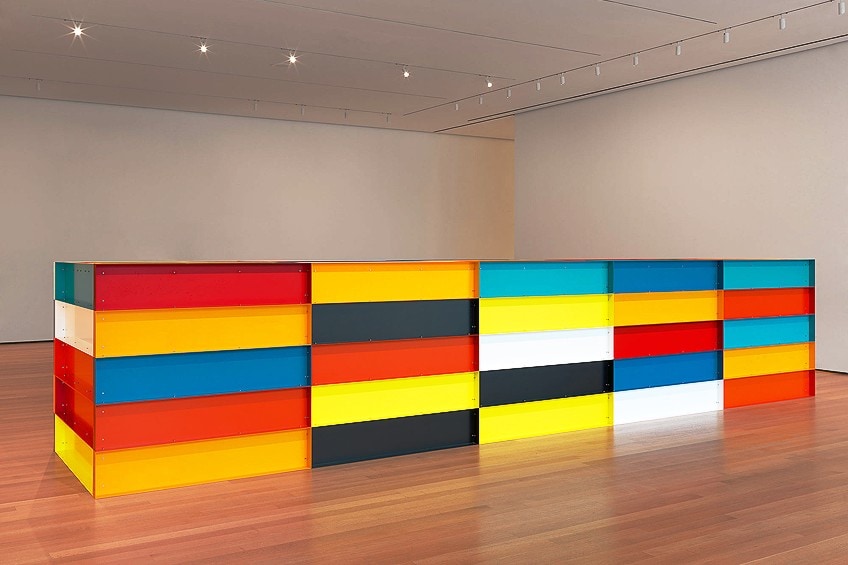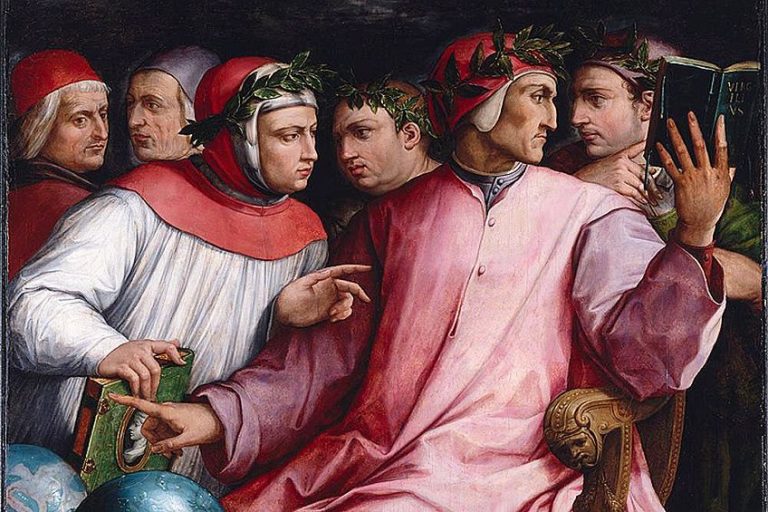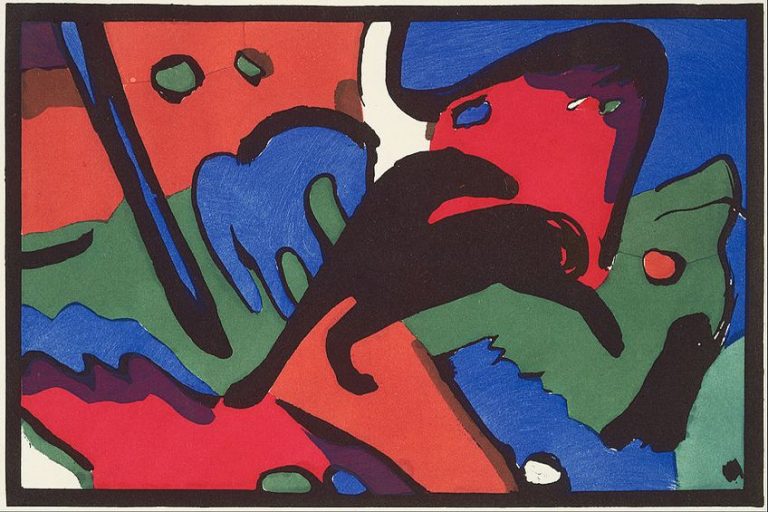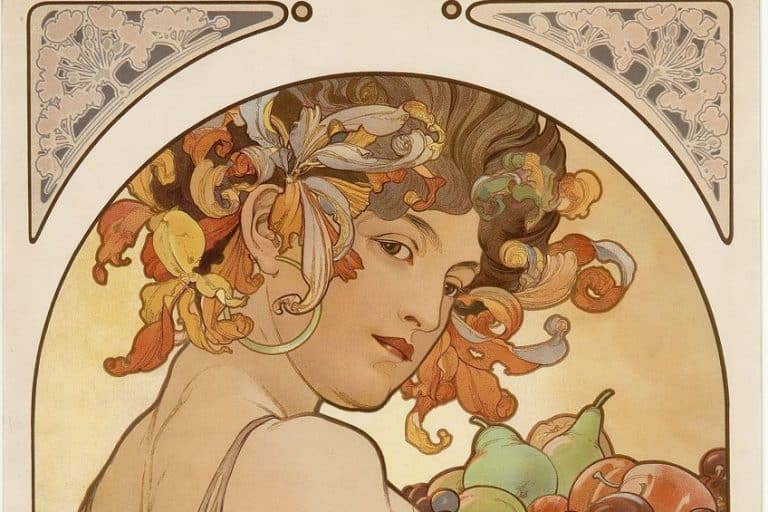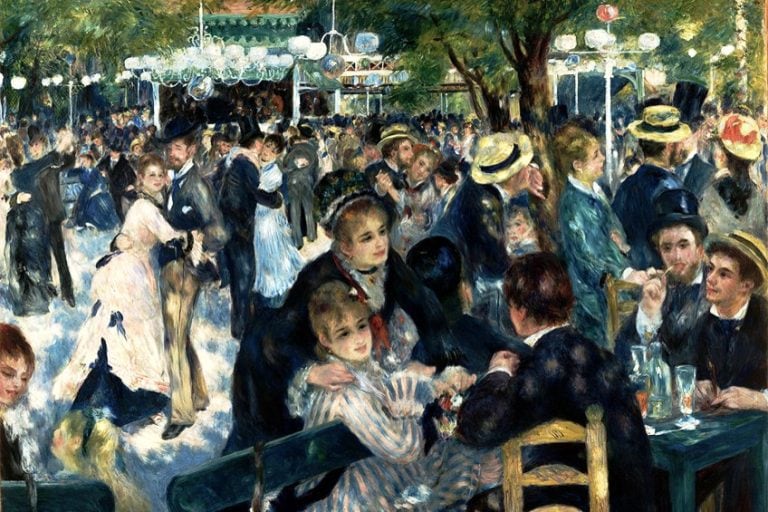1960s Art – Discover the 60s Art Style That Took the World by Storm
As members of the most influential cultural eras of the 20th century, 1960s artists were integral to the emergence of movements that reshaped and developed new aesthetic languages and styles. As numerous criticisms of the educational system grew, student demonstrations, the hippie movement, and 1960s art movements attempted to alter the world. Pop evolved to represent a new way of life battling against traditional high culture. In terms of visual art, 1960s art styles including Psychedelic art, Pop art, Minimalism, and Conceptual art emerged as the most important and paradigm-shifting ideas of the era.
Table of Contents
1960s Artwork
The 1960s brought a new type of pop imagery and utilization of industrialized materials to art, mass-produced goods, consumerism, and the expanding impact of American pop culture, its rock n’ roll music, and burgeoning industry. Not only did the 1960s art movements embrace the new, but also rebelled against the old status quo.
For many art historians, the rebellion of the 1960s is inextricably tied to the revolutionary ideas and deeds of avant-garde groups and their artists around the turn of the 20th century.
The Rebellious Nature of 1960s Artists
According to numerous points of view, the two periods share a feeling of disruption and a fertile imagination powered by technological exuberance. Above all, 1960s artwork and its main style Pop Art aspired to revolt against the emotive drama and spirit of Abstract Expressionism.
Artists reinforced the concept of artistic expression by utilizing imagery from popular culture, despite the expressionistic movement’s claim to represent high art.

Several post-painterly abstraction painters, also revolting against Abstract Expressionism artworks, erased the emotion by eliminating any evidence of the artist’s hand. The 1960s artists accentuated flat surfaces, vibrancy, and hard-edge abstraction by removing the brushstrokes.
The growth of consumerist culture and technology saw an increase in the utilization of commercial materials in the realm of art.
The Conceptual and Minimalist movements used mass-produced materials such as concrete, brick, steel, and neon to produce sculptures and installation artworks that emphasized the idea and the technique above the outcome. This posed another challenge to the art world’s institutions. The notion of the art object, its presence, and its place were all redefined.
Important 1960s Art Movements
The following movements are regarded as pearls of 1960s artwork because they left nothing sacred and promoted living in a way that revolted against traditional notions. They altered the concept of the object, and materials, and developed the word ephemeral, which is intimately related to the developing Happening and Performance art movement.
Pop art is inextricably linked to the story of 1960s art styles, so we will start there.
Pop Art
The movement is regarded as the most crucial period defining contemporary art because of its breakthroughs. Pop art artists transformed the appearance of the painting by bringing a new type of corporate aesthetic by using imagery from popular media and found things. These concepts influenced not just visual art but also graphic design, clothing, and a specific way of living.
Andy Warhol’s belief that “in the long term, everyone will one day be world-famous for 15 minutes” affected the celebrity status of numerous artists and their crew in the 1960s arts community.
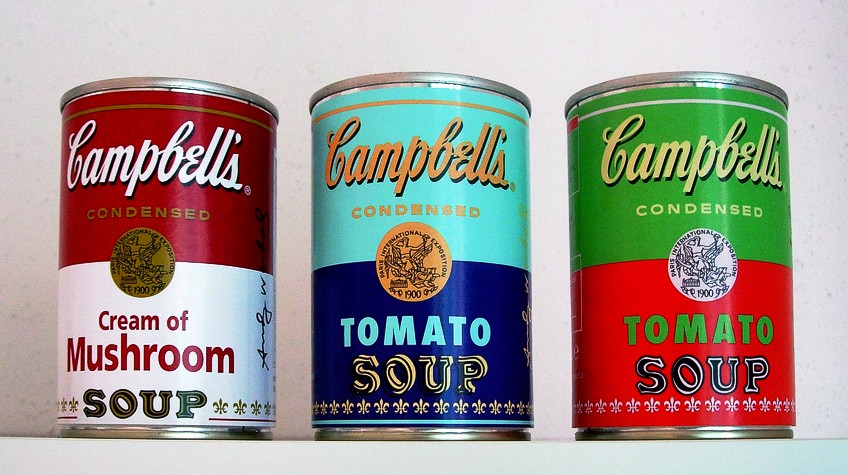
Op Art
The Op art movement is founded on a response to the essential ingredient of creative production, namely visual perception. Op art artists of the 1960s art scene impacted the creation of Kinetic art and the expanding scene of Optical Illusion art by integrating abstract and geometric art and experimenting with the most fundamental of the art’s elements, such as line, color, and contrast.
Bridget Riley is one of the most influential painters of this era.
Minimalist Art
Minimalism was the first internationally significant art trend to emerge in America. It created a new way of looking at and enjoying the artworks by emphasizing purity and simplification of its works. The rejection of the artist’s emotion, along with a desire to create products that did not resemble high art, gave rise to geometric creations.
Minimalist artists attempted to deconstruct traditional concepts of painting and sculpture.

The employment of readymade industrial materials, repeating geometric patterns, and attention to the actual space used by the artwork dominated the work of its notable artists, including Carl Andre, Donald Judd, and Robert Morris.
Conceptual Art
The conceptual art movement prioritized the artwork’s premise over all else. Various forms and movements in art are stated to fall within this description, including performance, happenings, and the concept of the ephemeral apparent in Land art.
Conceptual designers rejected the notions of the attractive, uncommon, and skillful as measurements of art, citing the concept of the readymade proposed by the famed Dada artist Marcel Duchamp.
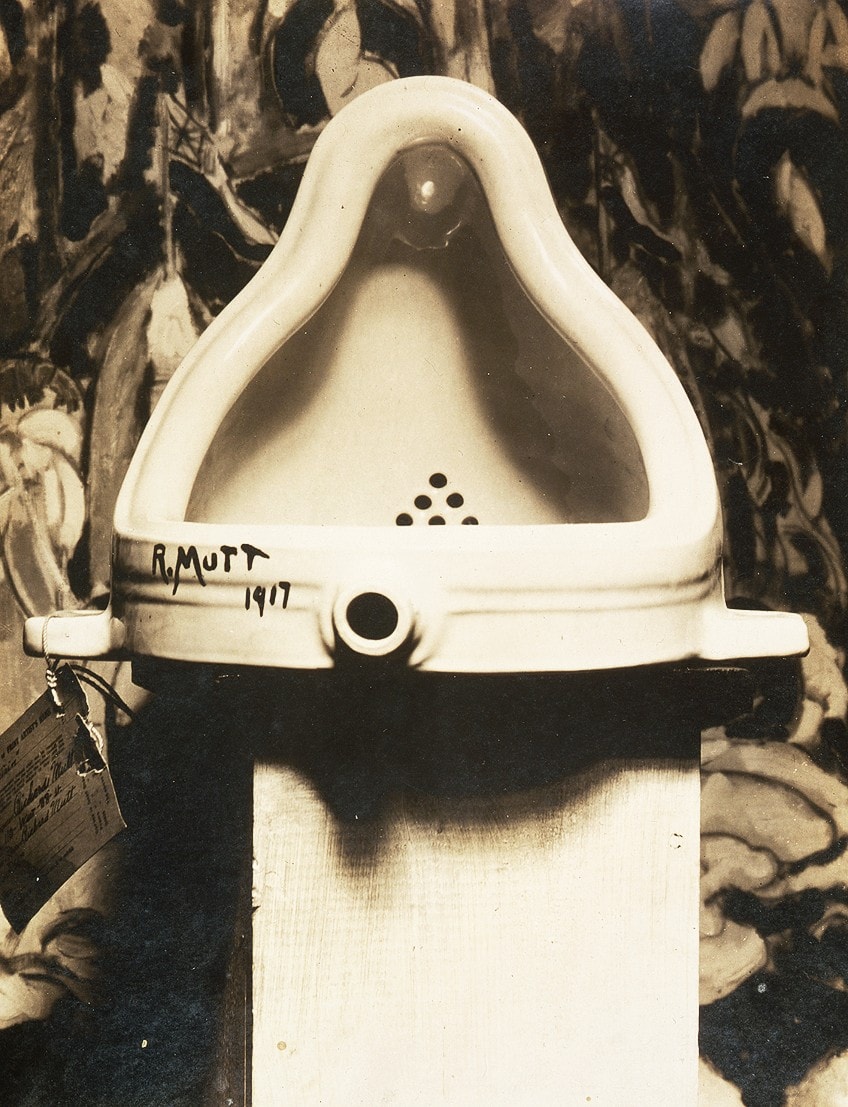
Many alluded to the movement as the epoch of dematerialization of art since it reduced the artworks to an essential minimum. The importance of 1960s art was reinforced by the advent of key movements like the Black art movement and Feminist art in the 1970s. Because of its volatile political events, 1960s art styles are considered a transitional time between contemporary and modern artistic creation.
Important 1960s Artists
When we identify the time as the Pop period, artists like Peter Blake, Joseph Kosuth, Andy Warhol, Donald Judd, Roy Lichtenstein, Sol LeWitt, and Robert Rauschenberg immediately spring to mind. We owe the concept of life and art fusing like never before to these artists.
The most recognized pop art artworks were inspired by industrial screen-printing techniques, graphics from comic strips and advertisements, and legendary music and movie stars.
Roy Lichtenstein (1923 – 1997)
| Nationality | American |
| Date of Birth | 27 October 1923 |
| Date of Death | 29 September 1997 |
| Place of Birth | Manhattan, New York |
The iconic Pop Art movement shocked the world and left a lasting impression on 20th-century art, motivated by materialism and a society of mass manufacturing. It began in the mid-1950s in the United Kingdom and spread to the United States, influencing the course of art.
Roy Lichtenstein was among the first American Pop painters to attain global recognition.
Lichtenstein, sculptor, painter, and printer, is regarded as one of the most prominent artists of the new daring genre, whose primary purpose was to draw art nearer to the general population and to challenge the barriers separating fine art and mainstream culture. Roy Lichtenstein relocated to New Jersey in 1960 to become an associate professor of art at Douglass College. During the same period, he created his first pop paintings, which featured cartoon motifs and methods inspired by the aesthetic of commercial printing.
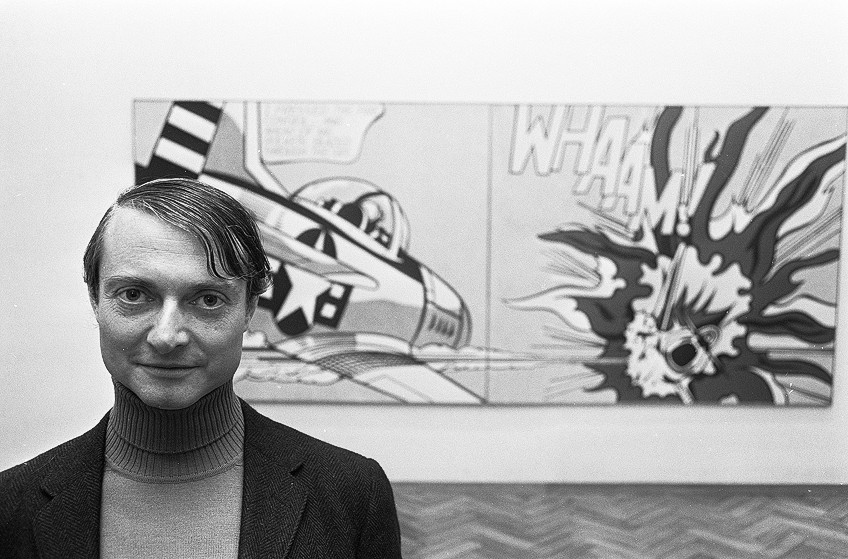
In 1961, he created Look Mickey, his debut artwork free of expressionism, inspired by a picture from one of his children’s Little Golden Book series. Look Mickey is significant for its sardonic humor and artistic merit, as well as being the earliest instance of the designer’s use of speech balloons, comic images, and Ben-Day dots as a basis for an artwork. Art critics see the painting as groundbreaking as a continuation of Pop Art and as an artwork of contemporary art in general. In 1961, Lichenstein met Ivan Karp, an art dealer.
Karp chose to represent Lichtenstein after the artist showed him numerous works. In 1962, he had a solo show of his work at the Leo Castelli Gallery, which earned him critical praise and a reputation in the art world.
Some of Lichenstein’s most famous works were inspired by popular cultures, such as commercial pictures, military comics, and pin-up portraiture, as well as classic painting genres including landscapes, still lives, and interiors.
Andy Warhol (1928 – 1987)
| Nationality | American |
| Date of Birth | 6 August 1928 |
| Date of Death | 22 February 1987 |
| Place of Birth | Pittsburgh, Pennsylvania |
It was the start of the 1950s when the art industry witnessed the birth of a new movement that would go on to become one of the greatest of the 20th century. Pop Art, influenced by popular culture images, simultaneously praised and condemned consumption decisions and mass replication, enjoying immense popularity throughout the following 50 years and beyond.
Andy Warhol, an American artist, was a key figure in the creation of the new movement.
He was a great mastermind of his time, generating some of the most famous pictures of the 20th century, redefining numerous concepts, and introducing new ones that quickly established new norms. His lifestyle and art, which celebrated consumerism and the society of mass manufacturing, continue to captivate creatives and aficionados globe over 30 years after his passing.
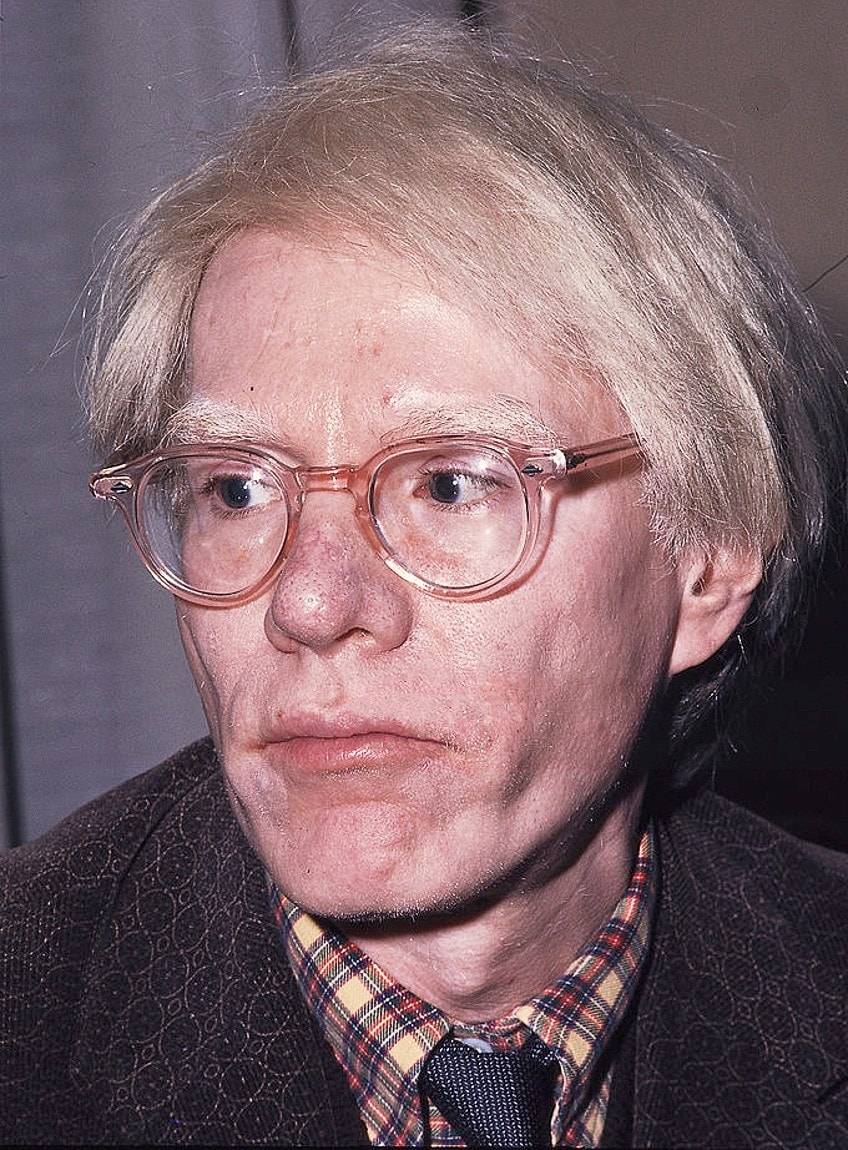
Warhol obtained global acceptance for his pictures of soda bottles, soup cans, dollar bills, and iconic paintings of celebrities such as Elvis Presley, Jimmy Carter, Mick Jagger, Prince, and Elizabeth Taylor, working in a variety of media including painting, hand drawing, printmaking, silk screening, sculpture, photography, film, and music.
Andy took an express train to New York City shortly after graduating to seek a career in the arts. It was also at this period that he omitted the “a” from his surname and began his career as a corporate illustrator. In September 1949, he was assigned to write an article for Glamour magazine titled Success is a Job in New York.
He was also commissioned by prominent fashion publications such as “Vogue”, “Glamour”, “Tiffany & Co.”, and “Harper’s Bazaar”, which helped him become one of the most sought-after American artists of the 1950s.
Donald Judd (1928 – 1994)
| Nationality | American |
| Date of Birth | 3 June 1928 |
| Date of Death | 12 February 1994 |
| Place of Birth | Excelsior Springs, Missouri |
Donald Judd, a postwar artist from America, is synonymous with Minimalist art. Despite his severe objections to the term’s vagueness, the artist is acknowledged as one of the most influential minimalists in art history. He tackled his work to produce sculptures that acquired a direct tangible and physical existence, without making great philosophical remarks.
Judd succeeded in constructing a disciplined visual language that sought distinct and unambiguous objects as its primary means of articulation by eschewing the traditional principles of pictorial sculpture.
After a brief foray into painting, Judd switched to the medium of woodcut in the late 1940s. The linear features of his newly chosen medium drew his focus away from representations and toward abstraction. By the early 1960s, he had forsaken the two-dimensional image plane entirely and begun to focus on three-dimensional shapes, with materiality playing a crucial role. Judd’s artwork is often referred to as literalist because of the artist’s ambition to construct objects that could stand on their own.
The artist’s sculptures stand on the floor, abandoning the fundamental aspects of classical sculpture (including their location on a plinth), compelling spectators to address them from the viewpoint of their corporeal existence.
Judd employed procedures and techniques linked with the Bauhaus School to distinguish his works from those created by artists working under the principles of Abstract Expressionism, giving his creations an emotionless, almost industrial look. Another distinguishing feature of his was the serialization of his works, a tactic that reflected the realities of the postwar time and the rapidly rising consumerism.
Judd’s work was viewed as an endeavor toward the accessibility of art, with the sculptures being accessible to a wider range of individuals due to the use of produced elements.
Sol LeWitt (1928 – 2007)
| Nationality | American |
| Date of Birth | 9 September 1928 |
| Date of Death | 8 April 2007 |
| Place of Birth | Hartford, Connecticut |
Sol LeWitt popularized conceptual art with his declaration that the idea is the most essential part of the artwork, as one of the primary characters in the formation of the new aesthetic of the 1960s that was in opposition to Abstract Expressionism. He was instrumental in establishing Minimalism and Conceptual art in the postwar era.
LeWitt saw creativity as an intellectual and utilitarian endeavor, believing that the concept itself might constitute the work of art, displacing the artist into the role of a producer of that idea.
If the only duty of an artist is to create a work, he can either delegate creation to others or opt to never create anything at all. Someone had left him a book with Eadweard Muybridge’s serial photography, consecutive studies of humans and animals in motion, which would later turn out to be the most influential on his work. His works on canvas with thick layers of oil paint, as well as three-dimensional pieces built as Serial Project in the second half of the 1960s, or various sculptures constructed of white cubes, were influenced by Muybridge’s serial.

His debut work, Wall Drawing #1, was shown at the Paula Cooper Gallery in New York in 1968. It was a network of parallel lines in 4 quadrants made with a black pencil on a white wall, similar to many others following this one. The wall designs’ existence was defined as a collection of instructions that could be applied again. After completing the first one by himself, LeWitt quickly assembled a team of assistants to carry out his ideas. In this sense, his work’s concept transcended the art itself.
In the early 1960s, Sol LeWitt began to produce his three-dimensional works, dubbed the structures, by focusing his investigation on the cube.
The reduced outlines of the open cube, constructed of wood and hand-lacquered, served as the foundation for the sculptures. Beginning in 1969, he built with industrial materials such as aluminum and steel, and subsequently, in the 1980s, he used concrete and cinder blocks.
Peter Blake (1932 – Present)
| Nationality | English |
| Date of Birth | 25 June 1932 |
| Date of Death | N/A |
| Place of Birth | Dartford, the United Kingdom |
While Andy Warhol is known as the person who popularized art, many people regard Peter Blake to be the movement’s founder. Aside from canvases, he is well-known for his interest in imagery from mainstream culture, which he incorporates into his collages. Blake rose to prominence as one of the most well-known British pop performers in the late 1950s.
He created paintings that resembled collages. Images from existing literature, newspapers and ads, and concert hall entertainment are included in the artist’s career and works.
Blake frequently depicted wrestlers, and several of his works look like advertising or posters. Blake began painting collage-like portraits of singers and movie stars in 1959, as well as creating assemblages out of repurposed materials, postcards, and other artifacts. Along with his collages, Blake experimented with the art of imitation, creating painted collages, mimicked pin-up panels and cubicle doors, expanded, repainted postcard themes, and produced poster reproductions. He was originally associated with the nascent British Pop Art style at the 1961 Young Contemporaries show.
On the Balcony (1957) is a key early work that has become an iconic work of British Pop Art, demonstrating Blake’s interest in blending pop culture motifs with fine art. The painting, which looks to be a collage but is entirely painted, depicts a youngster on the left of the arrangement clutching Édouard Manet’s The Balcony (1868), insignia, and periodicals, among other things. It was inspired by Honoré Sharrer’s picture Laborers and Paintings, which depicted workers clutching great paintings. Blake created various record covers.
In 1967, he created the Beatles’ artwork for the album “Sergeant Pepper’s Lonely Hearts Club Band”. It became an iconic piece of pop art, widely replicated, and Blake’s most well-known artwork.
Joseph Kosuth (1945 – Present)
| Nationality | American |
| Date of Birth | 31 January 1945 |
| Date of Death | N/A |
| Place of Birth | Toledo, Ohio |
Joseph Kosuth was one of the pioneers of Conceptual art in the 1960s, supporting the premise that art should be free of all evidence of ability and craftsmanship for ideas to be disclosed as directly, promptly, and simply as possible. Concerned with the analogies between the optical and verbal, and motivated by the theories of communication of philosopher Ludwig Wittgenstein, Kosuth sought to understand the relationship between phrases and their meanings, as well as their direct effect on the objects they represent.
His work frequently incorporates intriguing phrases from literature, psychology, philosophy, and history, allowing the audience to ponder topics such as impoverishment, racism, solitude, alienation, the purpose of life, and self-identity.
Until 1967, Kosuth pursued art at the School of Visual Arts. Kosuth chose to research philosophy and anthropology at the New School for Social Research after questioning the value of pictures in transmitting concepts and notions and studying the use of language.
He began creating intricate pieces at the age of 20 to declare Conceptual art and its understanding of art as a fundamental notion and meaning. His One and Three (1965) series of installations provided a direct examination of his aspirations by assembling the things, images of those things, and an expanded copy of the dictionary description.
His initial, and most renowned, example from this series asks, “What exactly makes a chair in our minds – the item or the word?”
As a work that emphasizes the relationship between language, image, and signifier, it challenges the spectator with the usage of words for describing or identifying objects, investigating how language plays a vital part in communicating meaning and becoming the spoken or written counterpart for the item.
A wave of radicalism swept through the 1960s. The decade altered the social and political scene, and its consequences may still be felt today, from global student rallies seeking democratization to the countercultural movement that transformed the country. By the mid-1960s, Greenberg, Pollock, and their contemporaries’ viewpoints had become institutionalized and distanced from the periphery, which kept pushing the formalist objectives of art, both in its production and its critical influence on society. What was avant-garde in the West no longer required a paintbrush and canvases, but instead 1960s art movements rebelled against tradition by mixing common themes, symbols, and topics, as well as new forms of media, into the fine art traditions.
Take a look at our 60s Art webstory here!
Frequently Asked Questions
What Defined 1960s Art?
During the 1960s, literature, artwork, dancing, and performance went through an exciting time of development and transformation. Pop art and occurrences, for example, introduced fresh public attention to creative expression. Traditional notions of fiction writing were challenged by literary artists.
What Was a Popular 1960s Art Style?
Because of its innovations, the Pop art movement is recognized as the most pivotal time in defining modern art. Pop painters changed the appearance of the painting by introducing a new sort of corporate aesthetic through the use of imagery from mass culture and found objects. These ideas influenced not only visual art but also graphic arts, apparel, and a way of life.
Isabella studied at the University of Cape Town in South Africa and graduated with a Bachelor of Arts majoring in English Literature & Language and Psychology. Throughout her undergraduate years, she took Art History as an additional subject and absolutely loved it. Building on from her art history knowledge that began in high school, art has always been a particular area of fascination for her. From learning about artworks previously unknown to her, or sharpening her existing understanding of specific works, the ability to continue learning within this interesting sphere excites her greatly.
Her focal points of interest in art history encompass profiling specific artists and art movements, as it is these areas where she is able to really dig deep into the rich narrative of the art world. Additionally, she particularly enjoys exploring the different artistic styles of the 20th century, as well as the important impact that female artists have had on the development of art history.
Learn more about Isabella Meyer and the Art in Context Team.
Cite this Article
Isabella, Meyer, “1960s Art – Discover the 60s Art Style That Took the World by Storm.” Art in Context. July 14, 2022. URL: https://artincontext.org/1960s-art/
Meyer, I. (2022, 14 July). 1960s Art – Discover the 60s Art Style That Took the World by Storm. Art in Context. https://artincontext.org/1960s-art/
Meyer, Isabella. “1960s Art – Discover the 60s Art Style That Took the World by Storm.” Art in Context, July 14, 2022. https://artincontext.org/1960s-art/.


